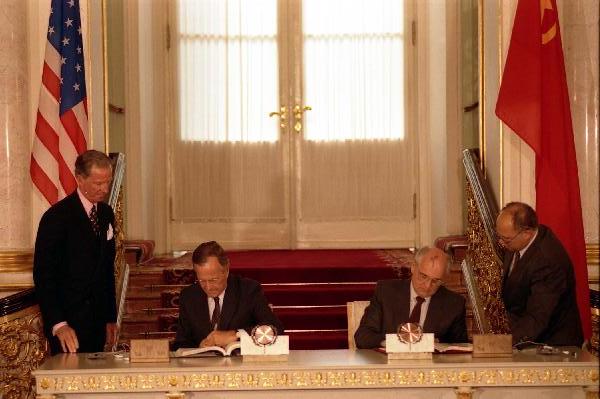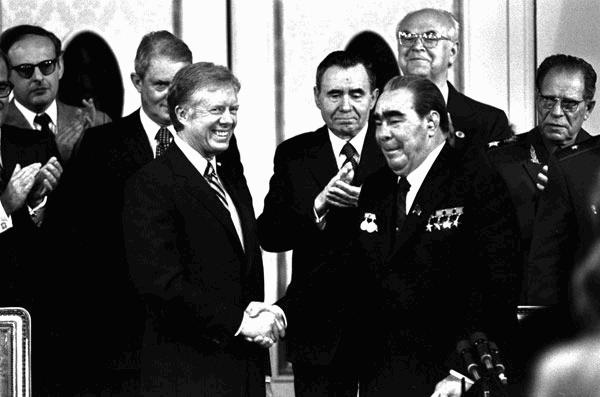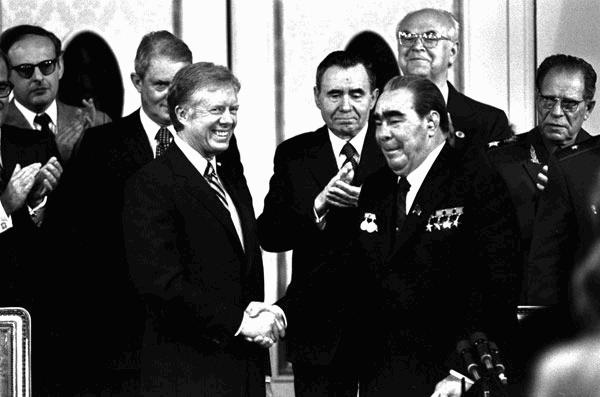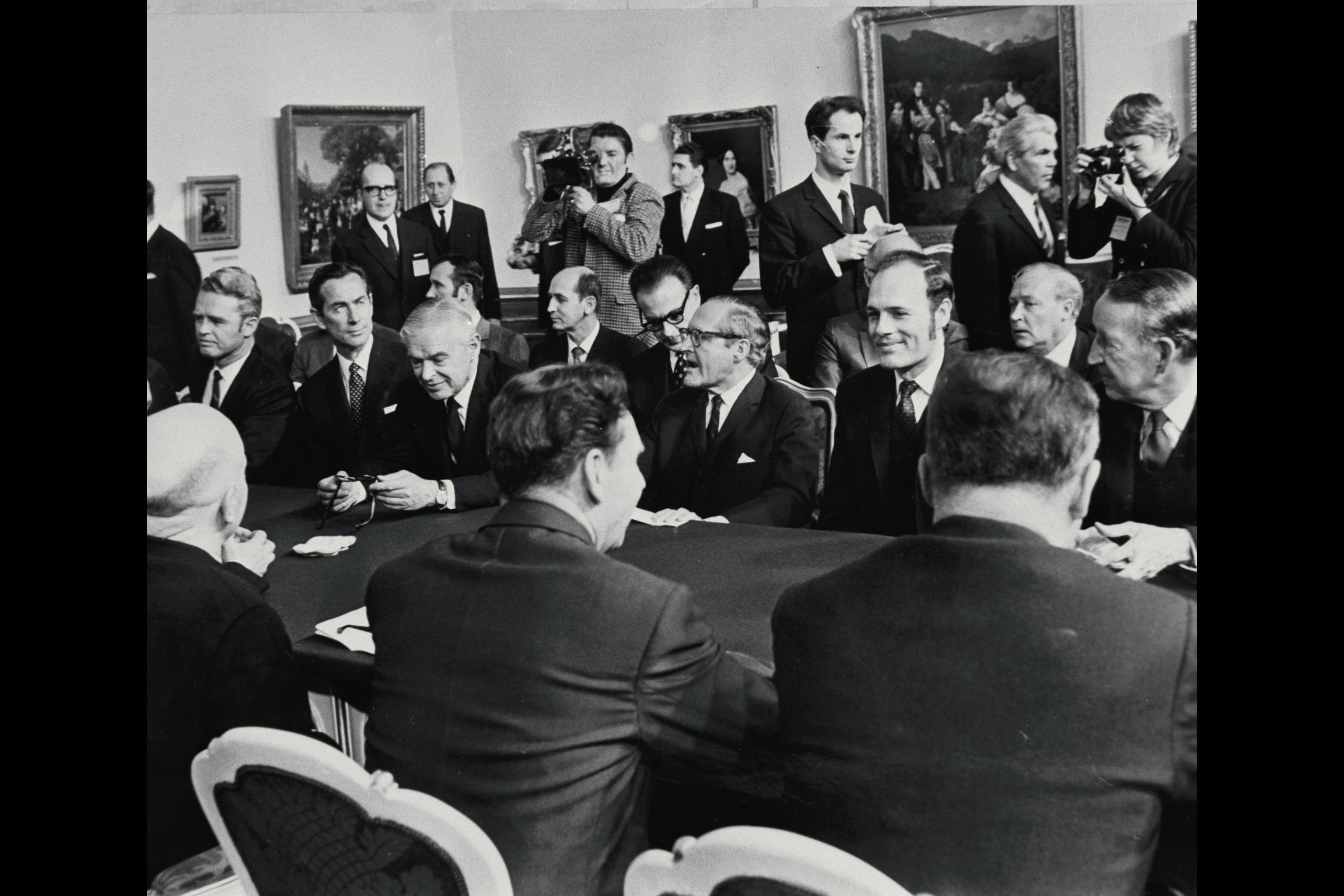In 2008, right after the election of Barack Obama as President of the U.S., the Russian President Medvedev announced that the Russian Federation would deploy new sort-range missiles on their western border as a counter to the announced intention of the U.S. to place anti-ballistic missiles in Poland and the Czech Republic on the Russian border. The Bush administration claimed that the new missiles were being deployed to counter Iranian missiles The Russian President stated that any negotiations on a new Strategic Arms Reduction Treaty to replace the original which was going to expire at the end of 2009 would have to be legally binding with lower maximums on nuclear warheads and their delivery vehicles.
In early 2009, the Russian President said that the Russian Federation was going to start a major rearmament project including upgrading their nuclear arsenal. He said that since NATO was moving aggressively in Eastern Europe, the Russian Federation would increase their army, navel and nuclear capabilities as a response and that they would begin in 2011.
In May of 2009, the U.S. and the Russians began working on a new start agreement and agreed to abide by the terms of the original Strategic Arms Reduction Treaty (START I) after it expired in December of 2009 until a new treaty was signed. The new treaty would reduce the number of warheads they deployed to under one thousand five hundred each.
In July of 2009, U.S. President Obama and Russian Federation President Medvedev signed the “Joint understanding for a follow-on agreement to START I in Moscow, Russia. The agreement requires that each side reduce its warheads to between one thousand five hundred and one thousand six hundred seventy five. The delivery systems were to be reduced to between five hundred and one thousand one hundred. This was only an interim agreement and the intention was to see a new treaty negotiated and signed before December of 2009 when START I expired.
Despite the intent to replace START I before it expired in December of 2009, negotiations dragged on into 2010. Finally in April of 2010, the successor to START I, Measures to Further Reduction and Limitation of Strategic Offensive Arms was signed by U.S. President Obama and Russian President Medvedev. It replaced the proposed START II treaty which was signed but never implemented and the unfinished negotiations for a START III treaty. The treaty was ratified and entered into force in February 2011. Each side will have seven years to comply and the treaty will remain in force until 2021.
New START requires that deployed warheads on both sides be reduced by 50%. This would be around one thousand five hundred. Total intercontinental missiles launchers, submarine missiles launchers and heavy bombers could not exceed eight hundred with only seven hundred of those being deployed. Stockpiled warheads are not covered by the treaty and each side still has thousands of inactive warheads in storage. A new inspection system with eighteen inspections per year will be developed to verify compliance. (There was a report from the U.S. State Department in 2009 that the Russians were not in full compliance with the previous START I treaty.)
Signing of New START:





